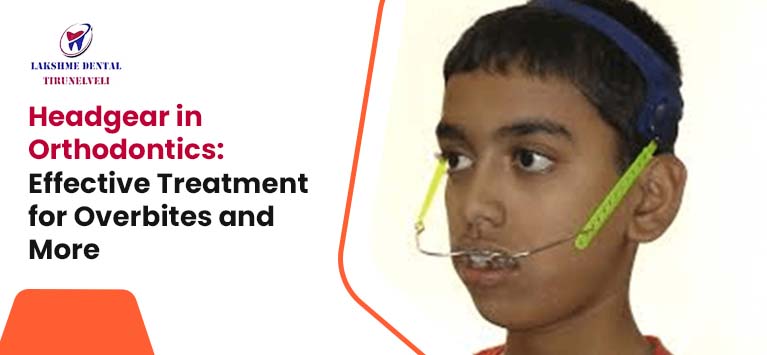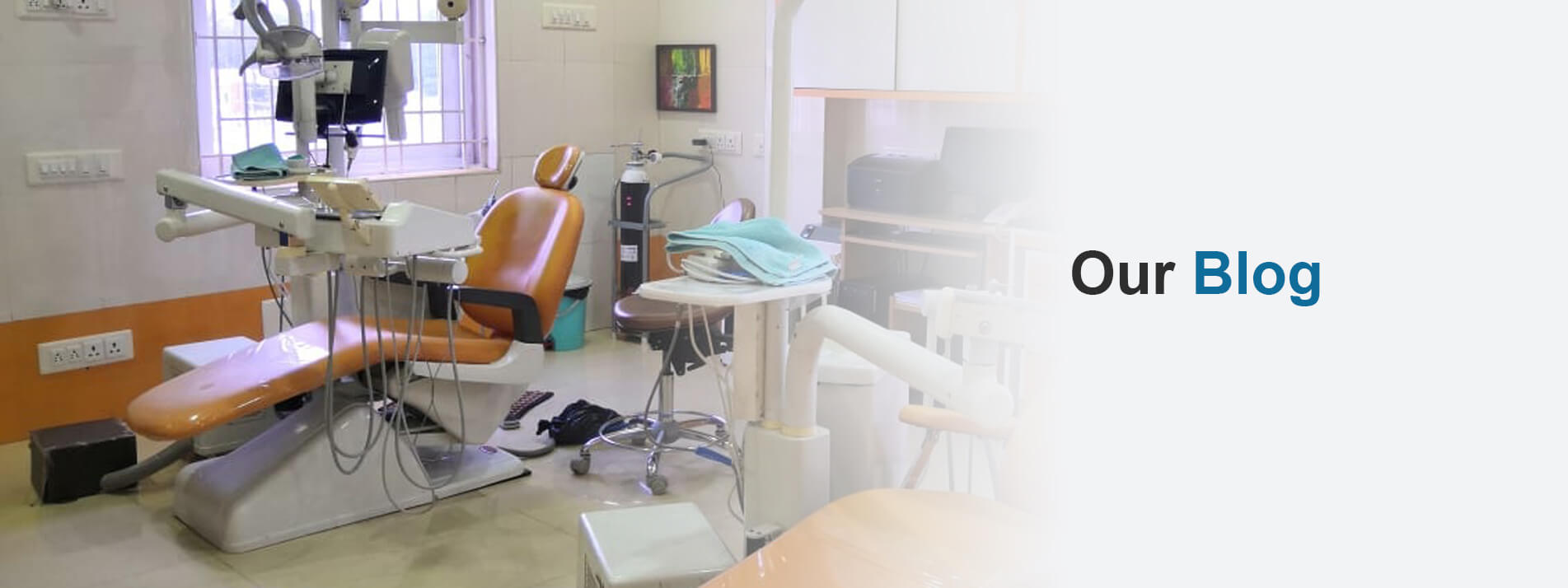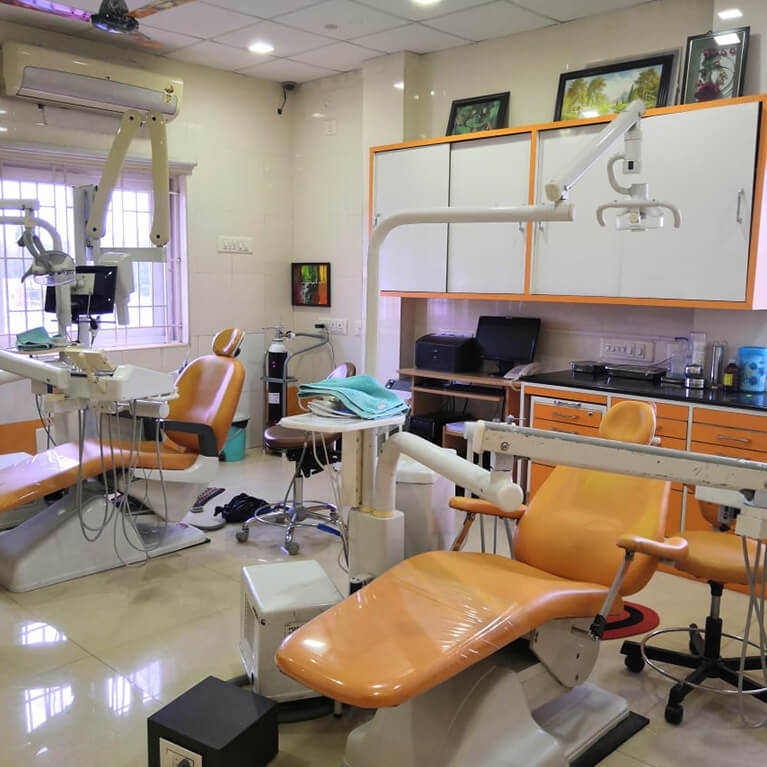
Headgear in Orthodontics: Effective Treatment for Overbites and More
Headgear that hangs over the head or neck is a typical device used in children’s correction. It is effective for improving protruding teeth, especially in 7-9-year-olds, and it can also be used for adults seeking orthodontic help. Keep reading to learn more about Orthodontic headgear in detail!
The effect obtained by correction with headgear
Headgear is mainly used for children’s orthodontics and is used to improve protruding teeth (maxillary protrusion).
The main purpose of the use is as follows.
- Suppresses the growth of maxillary bones and improves protruding teeth
- Move the entire upper teeth backward to balance the bite
- In adult orthodontics, prevent the upper molars from moving forward
Orthodontic headgear is used 12 hours a day and is an effective device for improving buck teeth.
Suppresses maxillary growth and improves protruding teeth
Headgear is an orthodontic treatment that restrains the growth of the upper jaw. It is used to control the position of the upper and lower jaws and improve overbite in children. It inhibits maxillary growth by pulling the maxillary bone backward.
Move the entire upper teeth backward to balance the bite
If the entire upper dentition protrudes forward, it has the effect of moving the entire dentition backward. This allows you to balance your bite. Depending on the case, it may be combined with wire correction.
In adult orthodontics, it has the effect of preventing the maxillary molars from moving forward.
In adult orthodontics, when teeth are extracted, they might employ headgear to secure the upper molars, halting their forward movement. Nonetheless, headgear sees little adult usage due to time constraints. A tiny “orthodontic anchor screw,” set within the gum bone, serves as a stable support to hinder upper molar displacement.
Types of headgear
Headgear is mainly used to control the position of the jawbone and the position of the back teeth. The direction of pulling changes depending on the skeleton and case, and the type of headgear used changes. There are three types of headgear.
Cervical headgear
Pull the teeth using the back of the neck as a fixed source. It is used for the following purposes and is often used together with wire straightening.
- Control the position of the upper and lower jaw
- move upper back teeth backward
- Fixing back teeth during wire orthodontic treatment
High pull headgear
A device worn over the head that pulls the teeth using the top of the head as a fixed source. It is used for the following purposes and is often used together with wire straightening.
- Control the position of the upper and lower jaw
- move upper back teeth backward
- Prevent forward movement and extrusion of upper molar teeth
J hook headgear
It is used to apply force to the canines and move the front teeth and canines backward. Attach the J-shaped wire. There are two types, one for the upper jaw and one for the lower jaw.
- control the position of the back teeth
- Align front teeth
Precautions when correcting with headgear
When correcting with headgear, the following precautions are necessary.
Wear for 12 hours or more a day
To get the effect of the headgear; you must adhere to the set wearing time. It is determined to be 12 hours a day and worn even at bedtime.
Twelve hours a day seems like a long time, but using it after you get home from school and sleep can make up for it. Remove it during club activities, sports, bathing, and brushing your teeth, and wear it when you can rest at home.
Headgear requires a child’s cooperation. Parental guidance is very important as long hours of wearing are required. Before starting orthodontic treatment, the dentist will give you a thorough explanation, and if you have any questions, we will solve them before starting.
Pain when wearing
When you wear the headgear, you might experience some discomfort initially, lasting about 3-5 days. As your teeth shift, the pain may increase. Typically, it lessens after 4-5 days. But if it becomes severe and intolerable, promptly consult your dentist.
Additionally, you may feel pain in your back teeth while eating. To ease this, opt for soft foods and ensure a balanced diet.
Handle with care
Headgear is a device that causes pain and discomfort until you get used to it. To handle a delicate item, avoid touching it with your tongue or fingers to avoid breakage. When using the inner bow placed in the upper jaw’s band-connected tube, be patient, as it might take time to get accustomed to putting it in and taking it out. Adjustments will be necessary if the inner bow comes off each morning.
Remember to store the headgear in its case and wash the face bow daily with water. For safety, remove them during sibling fights. If the face bow breaks, or if the band or tube worn in the mouth breaks, stop wearing the headgear and consult a dentist.
Disturbing the appearance
The headgear device is large and ugly but can be removed at school. The feature is that it is easy to get the effect if you keep the wearing time of 12 hours or more a day.
Although there are individual differences, the most effective age for headgear is between 7 and 9, when the maxillary bones grow. In the upper grades of elementary school, the growth of the maxillary bones becomes smaller, and the headgear effect becomes weaker.
Timing is very important in treating buck teeth caused by bone growth. By performing orthodontic treatment during the bone growth process, the possibility of extracting teeth for orthodontic treatment in the future is reduced, and the orthodontic period can be shortened.
Conclusion
Orthodontic headgear is a beneficial device commonly used in children’s orthodontics to correct maxillary protrusion and improve overbites. It effectively controls the growth of the upper jaw, balances the bite, and prevents molars from shifting. Proper usage and cooperation can lead to significant improvements in dental alignment. Though it may appear bulky, the potential benefits make it a valuable treatment option for young patients.










